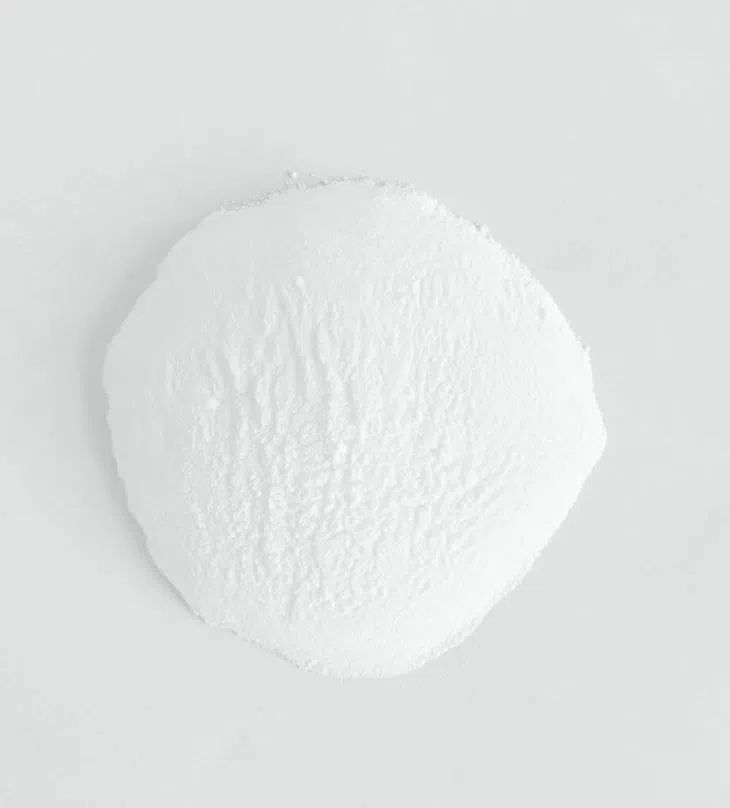How To Identify Guanidine Acetic Acid
First, the most reliable method is chemical detection. At present, there are two main methods: titration and liquid phase.
Second, based on experience for rough inspection:
1. Color: Normal thioglycolic acid product should be white powder and can be observed under a microscope. Although the product with yellow color is qualified, but it is not the optimum process condition in the reaction process, the particles are small, a little sticky, and yellow when drying.
2, the touch: the feeling of the product has a good sand grain, the sticky product in the state of fine powder is not very good, the product is not scattered, but the moisture content of the product is still high.
3, smell: good quality products have no taste, smell, ammonia smell is not a quality product. This is because there is no reaction in the production process, so there is a possibility that the impurity content is high.
4, taste: the sense of tongue is slightly normal, sweet is excessive glycine, bitterness is excessive cyanamide.
5. Solubility: Mercaptoacetic acid is slightly soluble in water, and dissolves 4~5 grams per liter of water at normal temperature. If it exceeds this range, the product is adulterated and the purity is not high.
Packaging And Storage Of Guanidine Acetic Acid
1. Packaging: multi layer composite packaging paper bag 25kg / bag.
2. Storage: keep in a cool place, avoid direct sunlight, and do not expose to supercooled and humid environment.
Properties: guanidine acetic acid white or yellowish crystalline powder, or flake crystal. Guanidine acetic acid is soluble in water.
Application Of Guanidine Acetic Acid
1. Food: used for dairy food, meat food, baked food, flour food, seasoning food, etc.
2. Medicine: food, fillers, medical raw materials, etc.
3. Industrial manufacturing: petroleum industry, manufacturing industry, agricultural products, battery, precision casting, etc.
4. Tobacco products: it can be used as flavoring and antifreezing agent instead of glycerin.
5, cosmetics: facial cleanser, beauty cream, make-up water, shampoo, mask and so on.
6. Feed: pet can, animal feed, aquatic feed, vitamin feed, veterinary medicine products, etc.



Post time: Dec-12-2022

